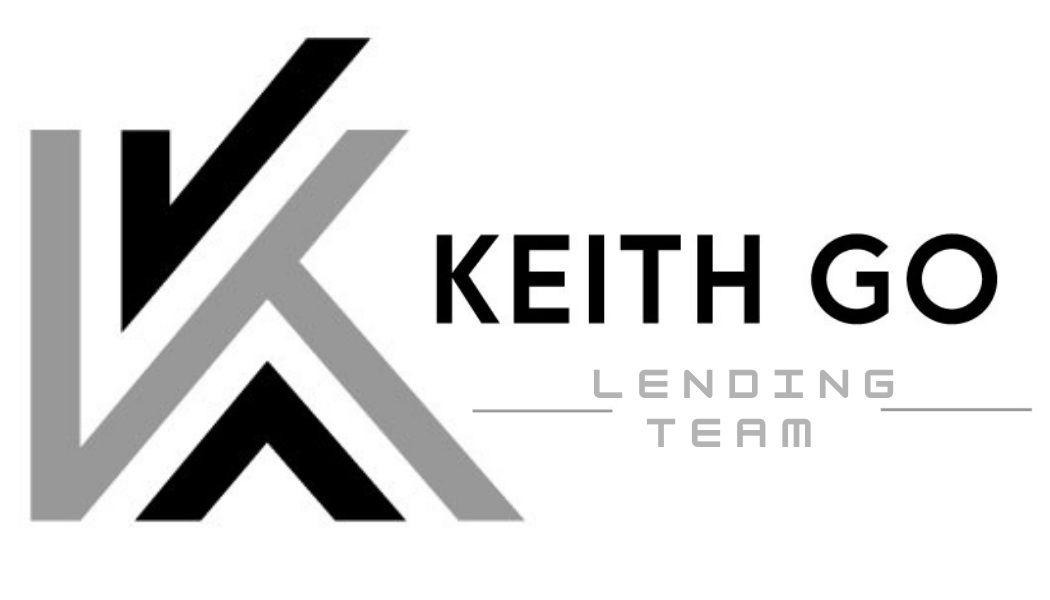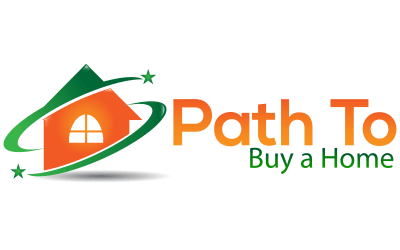The Home Buyers Guide to
Buying A Home
Thinking About Buying a Home?
Your go-to resource for home buying
Buying a home may seem complicated and stressful, but it doesn’t have to be.
We’ll give you everything you need to know so you can feel confident about buying a home, and what to expect every step of the way.
Path To Buy A Home
If you have a lower credit score or a small amount of money for a down payment, this will teach you how to do what it takes to buy a home. I have included all of the newest strategies for increasing a credit score and buying a home for little money.
Create your Free account today!!
What Can I Afford?
When buying a home, you’ll likely have a lot of questions. The first thing you should do is find out how much house you can afford. We provide an easy-to-use calculator using your monthly income with your projected loan term. Once you know your estimated home affordability, you can start building your personalized home buying team.
Yes, You Can Buy a Home Mobile App
Home Buying info made easy. Learn the real process of buying a home from start to finish in this mobile app for Iphone and Android devices. Yes You Can Buy A Home helps you get organized and ready to buy a home. Best of all it includes tools and training information if you need to increase your credit score for any reason..
How Much House
Can You Afford?
Affordability Calculator
- Understand how much house you can afford
- Budget for an affordable monthly payment
- View home prices that work with your budget
What's Your
Monthly Payment?
Monthly Payment Calculator
- Budget for an affordable monthly payment
- Compare loan terms to see interest savings
- View amortization break down per payment
How It Works
The most important part of understanding the mortgage process is finding a lender who understands you and your home loan goals (like saving time and money). Some parts of the process can be taken care of now while other parts will occur after you’ve picked out your home. Here’s a quick and easy view of the home loan process:
Complete Your Application
First, submit your mortgage application. This lays the groundwork for your Home Loan Specialist to be able to give you accurate interest rate quotes and down payment options.
Become a Certified Home Buyer
By becoming certified with Keith Goeringer Lending Team, you will get a pre-approval with upfront underwriting. This means you’ll know exactly how much you can afford without any surprises down the road. You’ll get into your new home quicker and with less stress.
Time for Processing
After your application is completed, you’ll start getting your home inspection and appraisal under wraps. This is when you’ll be asked for any additional documentation to close your loan, if you haven’t already provided it.
Underwriting Takes Over
Your home loan will go through underwriting (remember, it has already been through underwriting at the beginning of your loan process if you became a Certified Home Buyer). This just verifies all conditions on your home loan are approved and then you’ll be issued a “clear to close.”
Closing on Your New Home
The underwriter will issue your final approval, process your closing paperwork, and schedule your closing date and time. On your official closing day, you’ll have a lot of documents to sign but in the end your loan will be funded, and you’ll get the keys to your new home.
Loan Options
Conventional Loans
This is the most common loan option and meets the needs of most people. Due to lack of government backing, they do require better credit to qualify. The overall cost is typically lower than most comparable government-backed loans.
FHA Loans
If you don’t qualify for a conventional loan, take a deeper look at this option. These loans are backed by the government and have a lower down payment requirement, credit score threshold, and income qualification. It might fit what you need!
VA Loans
If you or your spouse has served in the U.S. military, you’ll want to look at this option because it’s a great loan product that’s an earned benefit offered to all active duty and retired military personnel.
USDA Loans
This loan is designed for rural home buyers, making it ideal for those who may not be able to get conventional financing. It’s managed by the Rural Housing Service and offers flexible credit criteria.
Jumbo Loans
Jumbo loans (also known as non-conforming loans) are privately backed mortgages that usually require a larger down payment, higher credit scores, and higher income levels from home buyers.
No Score Loans
If you have been working hard to pay off your debt and no longer have a credit score as a result of this, a no score loan might be a good option for you. You will go through a manual underwriting process to get this non-traditional mortgage.
Contact Us
Connect with Keith!
With so much of your hard-earned money on the line, seek advice from a trusted home loan expert and have the confidence that you are in qualified hands.
FAQs
Looking for answers to your questions about mortgages? We’ve got you covered. Learn more about pre-approvals, interest rates, loan terms, and more.


